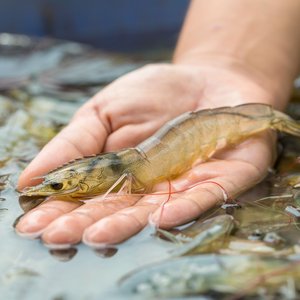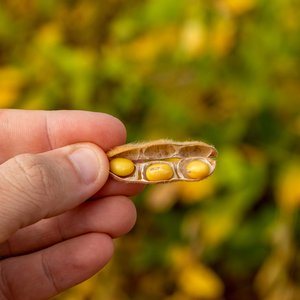The concentrations of drug residues and other undesirable substances in farmed fish are low, according to a recent report.
NIFES annually monitors Norwegian farmed fish on behalf of the Norwegian Food Safety Authority. The report for 2010 shows that drug residues, heavy metals and other environmental pollutants are present at low concentrations.
“The concentrations of most of the drugs that we analyzed in farmed fish were below the limit of detection. No other undesirable substances, such as dioxins, cadmium, lead or mercury were found at concentrations above the maximum permitted limits. This is in agreement with previous findings,” says NIFES research scientist Anne-Katrine Lundebye Haldorsen.
The analyses also showed that concentrations of the synthetic antioxidants ethoxyquin, BHT and BHA, which are used in fish feed ingredients, were lower than in previous years. The European Union has not set maximum residue levels for these substances in food of animal origin.
The 2010 report is based on analyses of approximately 90 substances (permitted and illegal compounds and environmental pollutants). The number of fish analysed for each substance ranged from 45 to 1585, depending on the substance analysed..
Since 2003, the monitoring programme has been carried out by NIFES in accordance with European Union legislation (Directive 96/23), which requires national authorities to survey the presence of undesirable substances in raw materials and food derived from animals. The Norwegian Food Safety Authority is responsible for obtaining and and analyzing samples in Norway, and NIFES is responsible for the program involving farmed fish.










